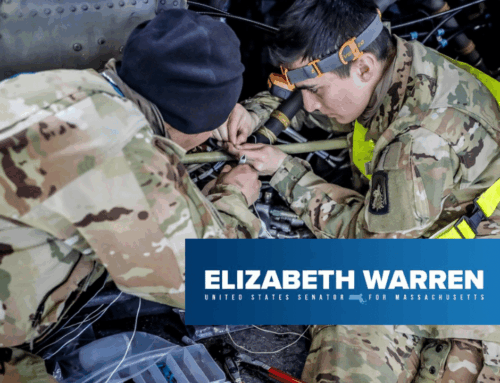A recent hearing before the House Homeland Security Committee on SBInet, Boeing’s borderland “virtual fence” that has failed to function after nearly a billion-dollar investment, produced the same amount of information as previous hearings—virtually nil.
A panel convened June 17 before the House Homeland Security Committee largely failed to provide answers to questions such as whether SBInet will be expanded over the entire Southern border, the likely total cost of the program and how it will be affected by the recent release of of $500 million in emergency funds and 1,200 National Guard troops to the border region. One of the few hard answers was provided by Mark Borkowski, Executive Director of the Secure Border Initiative Program Executive Office, who offered a cost estimate for a “worst case scenario” in which SBInet’s error-riddled prototype would expand to cover the entire border as originally envisioned. Borkowski said such a scenario would likely cost taxpayers $8 billion and not occur until at least 2016.
Other members of the panel—which included representatives from Boeing, the Government Accountability Office and the U.S. Border Patrol—did little to fill in the gaps in SBINet’s plan. Borkowski said program engineers were still assessing elements of the program and would not be able to provide any sort of cost analysis or projections until engineers return from the area near Tucson, Arizona where the system’s first phase was deployed. That won’t happen until September, at the earliest. The dearth of information is so deep that GAO didn’t even have enough data to recommend whether the project should be scrapped. GAO analyst Randolph Hite summarized the program’s failures as overestimation and over-optimism combined with a risky “spiral development” contracting approach. He also said that DHS had fallen short on acquisition and oversight management since SBInet’s start, and that managers were still not disclosing the program’s risks and uncertainties to DHS in a timely manner.
After a nearly two-hour hearing in which no member of the panel was able to produce firm guidelines, goals, or milestones for the months ahead, Management, Investigations and Oversight Subcommittee Chairman Christopher Carney (D-PA) told panelists to provide a report outlining best and worst-case scenarios, schedules of upcoming testing, and project parameters within the next thirty days.










